A design can grow like a tree, Jørn Utzon explains: “If it grows naturally, the architecture will look after itself.”
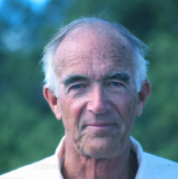
image source: https://search.creativecommons.org/photos/99eb6b15-63b1-4f40-ab02-76a1579fdc71 by 準建築人手札網站 Forgemind ArchiMedia
About his life
Danish architect Jørn Utzon was born in 1918. While in secondary school, he began helping his father, director of a shipyard in Alborg, Denmark, and brilliant naval architect, by studying new designs, drawing up plans and making models. This activity opened another possibility—that of training to be a naval architect like his father.
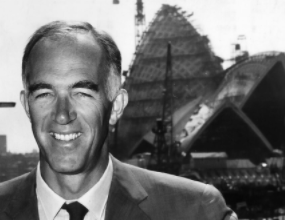
image source: https://search.creativecommons.org/photos/515f7405-49c1-496c-b332-8911ad28deeb by 準建築人手札網站 Forgemind ArchiMedia
When he graduated from the Academy of Fine Arts in 1942, he, like many architects affected by World War II, fled to neutral Sweden where he was employed in the Stockholm office of Hakon Ahlberg for the duration of the war. He then went to Finland to work with Alvar Aalto.
What are his most famous works?
For various reasons, Utzon resigned as architect to the project in 1966, but the Opera House, which is considered to be one of the most important 20th-century works of architecture, made Utzon world-famous and resulted in his being given commissions far and wide, including the Melli Bank in Teheran (1963) and the parliament building in Kuwait (1978-85).
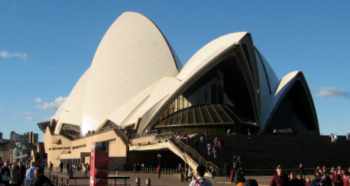
images source: https://search.creativecommons.org/photos/81c9bc2c-35de-4576-a91b-6d3568307f49 by roryrory
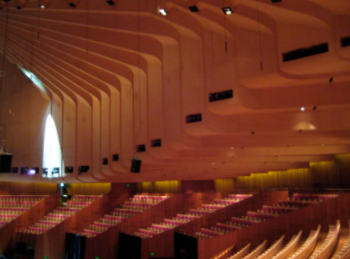
images source:https://search.creativecommons.org/photos/1c759ba9-4007-423d-83a8-fd08051af00c by roryrory
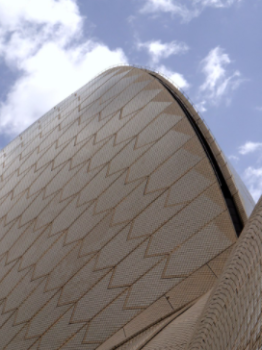
image source: https://search.creativecommons.org/photos/1dc2a88e-bad8-43db-88d1-e4df7657945a by SqueakyMarmot
In Denmark Utzon has only been responsible for a small number of buildings: in addition to some of the country’s earliest high density low buildings from around 1960, there is Bagsværd Church (1977) and Paustian’s furniture store (1987) in the Nordhavn district of Copenhagen. In April 1998 Utzon received the Sonning Award and in May 2003 he won the Pritzker Prize.
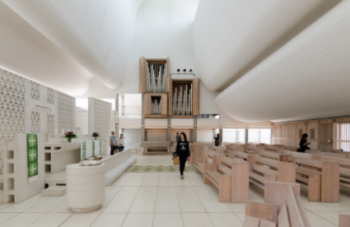
image source: https://search.creativecommons.org/photos/d04f1a90-498c-44aa-9c5e-971df1175468 by el_jambere
His other well known projects include the Fredensborg Housing Estate (1959-62), the Kingo Housing Estate (1956-58) and the Skagen Nature Center (2001), all in Denmark.

image source: https://en.wikipedia.org/wiki/J%C3%B8rn_Utzon#/media/File:Fredensborg_Houses_17.jpg
The Kingo Houses in Helsingør are sixty-three L-shaped houses that were built in rows following the contours of the site, providing views for each house, and access to sunlight and shelter from the wind. The Kingo Houses are often praised for their combination of simplicity and inventiveness.
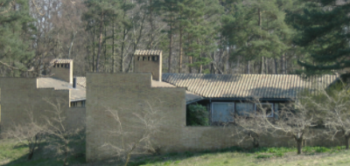
image source: https://en.wikipedia.org/wiki/J%C3%B8rn_Utzon#/media/File:Romerhusene02.jpg
What are the main features of Utzon’s style?
Utzon has created a style marked by monumental civic buildings.
He transcends architecture as art and develops his forms into poetic inventions that possess thoughtful programming, structural integrity and sculptural harmony.
Utzon had a Nordic sense of concern for nature which, in his design, emphasized the synthesis of form, material and function for social values. His fascination with the architectural legacies of the ancient Mayas, the Islamic world, China and Japan enhanced his vision. This developed into what Utzon later referred to as Additive Architecture, comparing his approach to the growth patterns of nature. A design can grow like a tree, he explained: “If it grows naturally, the architecture will look after itself.”

image source: https://search.creativecommons.org/photos/84316c60-fb9f-497c-974e-36280723d2dd
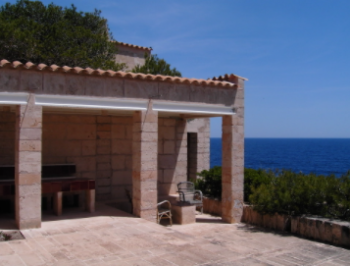
image source: https://search.creativecommons.org/photos/036170ef-6d8b-4a1d-938d-e3a3687f79e6 by drz image
info source:
https://en.wikipedia.org/wiki/J%C3%B8rn_Utzon#Influence
http://www.archinomy.com/case-studies/268/jorn-utzon-and-his-works
http://www.pritzkerprize.com/2003/bio
http://www.pritzkerprize.com/2003/bio
http://denmark.dk/en/meet-the-danes/great-danes/architects/joern-utzon
